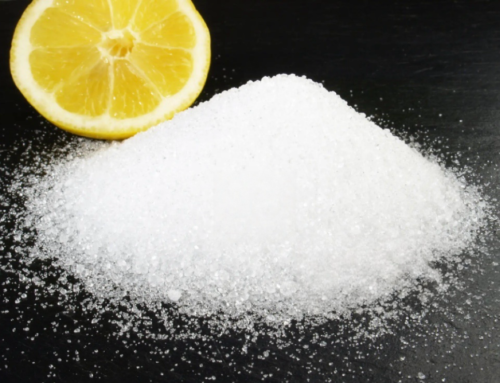 E341 iii emerges as an invaluable agent in this flour processing. This blog delves into the profound impact and mechanisms by which Tricalcium Phosphate refines and elevates flour.
E341 iii emerges as an invaluable agent in this flour processing. This blog delves into the profound impact and mechanisms by which Tricalcium Phosphate refines and elevates flour.
An Insight into E341iii
E341 iii(Tricalcium Phosphate), a crystalline, water-insoluble compound, is a fusion of calcium and phosphoric acid. Its unique characteristics position it as a vital component in the enhancement of flour.
Unpacking its Roles in Flour Processing:
Anti-caking Masterstroke:
Flour and the Moisture Challenge: Every flour factory knows the predicament of handling clumped flour. This naturally occurring issue is primarily due to flour’s intrinsic trait of sponging up moisture from its surroundings. Left unchecked, this leads to uneven cooking and sub-par baked goods.
The E341 iii(Tricalcium Phosphate) Solution: Step in E341 iii(Tricalcium Phosphate). This compound doesn’t just passively resist moisture. It actively combats it. How? Through a meticulous mechanism, E341 iii(Tricalcium Phosphate) encases individual flour particles, forming a protective shield. This ensures flour retains its granular consistency, warding off unwanted moisture absorption and resulting clumping.
Nutritional Augmentation:
Flour’s Health Conundrum: The modern consumer, more health-aware than ever, seeks more from their staple foods. Flour, a baking mainstay, is no exception. There’s a burgeoning demand for nutritionally enhanced flour variants.
E341 iii(Tricalcium Phosphate)’s Nutritional Contribution: E341 iii(Tricalcium Phosphate) provides the answer to this conundrum. When introduced into flour, it offers a substantial calcium boost. The mechanism ensures calcium, integral for bone health among other functions, is steadily released and efficiently absorbed during digestion.
Optimal pH Maintenance:
Baking’s Delicate pH Balance: The art and science of baking often hinge on the minutiae, and pH levels are a paramount concern. This delicate balance, if disturbed, can be the difference between baking success and failure.
The Balancing Act of E341 iii(Tricalcium Phosphate): E341 iii(Tricalcium Phosphate) is like the conductor of an orchestra, ensuring each section (or in this case, ingredient) performs harmoniously. Its buffering capabilities neutralize potential pH fluctuations, keeping the flour’s acidity levels precisely where they need to be for optimal results.
Texture Refinement:
Baked Goods and Sensory Delight: A bite into a pastry or bread isn’t just about taste. It’s the culmination of aroma, appearance, and most notably, texture. Achieving the perfect texture often starts with the flour.
E341 iii(Tricalcium Phosphate)’s Role in Texture Optimization: E341 iii(Tricalcium Phosphate) works discreetly yet effectively. By assiduously maintaining moisture and pH uniformity in the flour, it sets the stage for dough that, when baked, offers an enhanced tactile experience. This isn’t merely about preventing sogginess but ensuring each bite is a delightful play of textures.
Preservation of Freshness:
Flour’s Battle against Time: Flour, like many natural products, has a finite shelf life. Over time, it can lose its freshness due to moisture and microbial activity, diminishing its quality.
E341 iii(Tricalcium Phosphate)’s Preservation Mechanism: E341 iii(Tricalcium Phosphate) steps into this battle, armed with properties that combat moisture. But its role doesn’t stop there. Staving off excess moisture, indirectly thwarts microbial growth, ensuring the flour remains fresh for extended periods. This isn’t merely about longevity but also about ensuring consistent quality every time the flour is used.
The application of E341 iii(Tricalcium Phosphate) in flour processing is both nuanced and profound. By addressing both functional and qualitative aspects, E341iii stands out as an indispensable component in modern flour processing.
Reach to [email protected] for COA and TDS.




